A Tectonic Shift: One day substandard nursing homes with poor staffing will be forced to compete with small, high quality community-based care providers.
Published in the National Association of Social Workers Newsletter - California newsletter (October 2018)
By Jason Bloome
A recent investigation by Kaiser Health News and the New York Times has found most nursing homes have fewer nurses and caregiver aides than had been reported to the government for years.
Nursing home understaffing comes from data, compiled by Medicare for the first time, which analyzed staffing ratios based on mandated daily payroll records. Previously, nursing homes self-reported their own staffing levels two weeks prior to an inspection.
The new Medicare data shows that staff to resident ratios on the Medicare Compare website which issues star rating for nursing homes was over-exaggerated for years and usually did not reflect periods when staff levels was thin (e.g. on the weekends).
Medicare is now using the new data to recalculate the star rating system. They are also using data to downgrade the ratings of nursing homes with show more than seven days without a registered nurse. Approximately, 1 out of 11 (more than 1,400) nursing homes nationwide have had their star ratings lowered due to the new system.
Nursing staff levels vary across the country and on a day to day basis. The New York Times has an interactive guide (https://www.nytimes.com/interactive/2018/07/07/health/nursing-home-map.html) which shows how Medicare assesses overall staffing at nursing homes across the United States. Even in nursing homes considered to have good staffing the staff to resident ratios vary considerably: high staffing days could have one aide taking care of 8 to 10 residents and low staffing days might have only one aide caring for 18 residents. he Medicare payroll data show most nursing homes have low staff to resident ratios during the weekends with 11 percent fewer nurses and 8 percent fewer aides.
Previously, nursing home were able to game the system by only being required to self-report their staffing levels two weeks prior to an inspection. Nursing homes that anticipated the annual inspection date would “staff-up” prior to the inspection date. The cumulative payroll reports provide evidence of chronic under reporting of staffing: of the 14,000 nursing homes submitting payroll records, seven out of 10 had lower staffing levels than self-reported. Since 2018, one in eight nursing homes have been cited by the federal government for having too few aides and nurses caring for patients.
Problems contributing to understaffing in nursing homes is physically demanding work and low pay. In 2017, nursing homes aides earned, on average, $13.23/hour. Finding staff willing to work in nursing homes is challenging when the competition is retailers and other businesses that offer better pay and less strenuous work. Staff turnover rate in nursing homes is very high. The annual staff turnover rate in nursing homes in 2017 was 55 percent to 75 percent for nurses and as high as 100 percent for CNAs. Having less staff caring for more patients creates a negative feedback loop: less staff means increasing the burden of care on each caregiver resulting in quicker staff burnout and higher turnover. Having fewer staff to help with dressing, bathing, incontinence or to turn patients who are bedridden also results in poorer health outcomes for nursing home residents.
Poor staffing and the rise of community-based care alternatives with higher staff to resident ratios has contributed to the nationwide decline of seniors living in nursing homes. From 2004 to 2017, the percentage of seniors living in nursing homes has declined from 3.6 percent to 2.5 percent: a decrease of 24.5 percent. Lower bed occupancy results in lower profits and less money available to hire new staff.
Maintaining fiscal viability requires many nursing homes to shift their available beds from lower paying long term Medi-Cal patients to higher paying Medicare patients (Medicare pays twice as much as Medi-Cal/month). Hospital social workers and discharge planners constantly struggle trying to find long-term care nursing home beds when nursing homes prefer the higher paying short-term residents.
Survival of the fitness in the nursing home industry will result in nursing homes continuing to close, accelerate the trend of nursing homes choosing only to accept short-term stay Medicare patients and continue the downward spiral of saving dollars by hiring the least amount of staff allowed by state and federal guidelines. As California begins to follow the nationwide trend of gradually shifting long-term care services from nursing homes to Medi-Cal reimbursed community-based care settings the nursing home industry will try to recapture Medi-Cal dollars by converting parts of nursing homes to assisted living settings (where understaffing will continue to be an issue—many assisted living have only one caregiver for every 20 to 30 residents).
The true tectonic shift in the long-term care landscape in the future will occur when, one day, tens of thousands of seniors who require too much care to remain at home have the choice of transferring with their Medi-Cal dollars from home or nursing homes into small, four to six-bed community-based care providers. Nursing homes that have poor staffing and provide substandard care will face a losing battle when they have to compete head to head with high quality (i.e. good licensing reports) small board and care homes that have one staff to three residents. Let the games begin.
REFERENCES
https://www.relias.com/blog/staff-turnover-in-long-term-care/
https://www.nytimes.com/2018/07/07/health/nursing-homes-staffing-medicare.html
https://commed.umassmed.edu/blog/2018/03/27/skilled-nursing-facilities-too-many-beds
https://www.ncbi.nlm.nih.gov/pmc/articles/PMC2761533/
Jason Bloome is owner of Connections–Care Home Referrals, an information and referral agency for care homes for the elderly in Southern California. More information can be found at www.carehomefinders.com.

